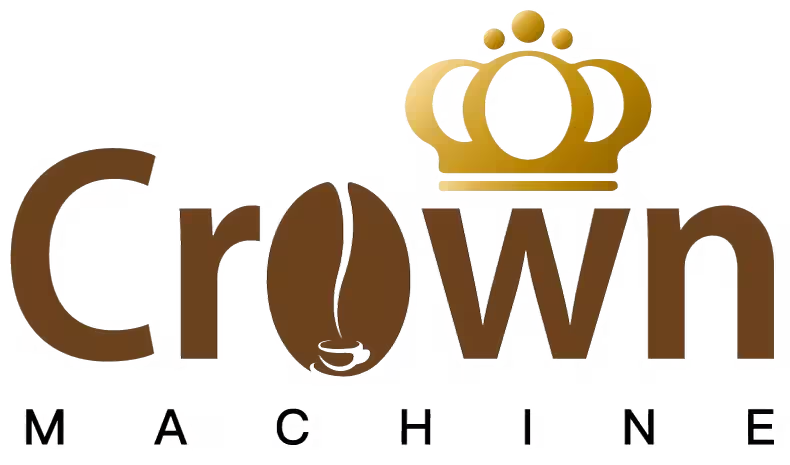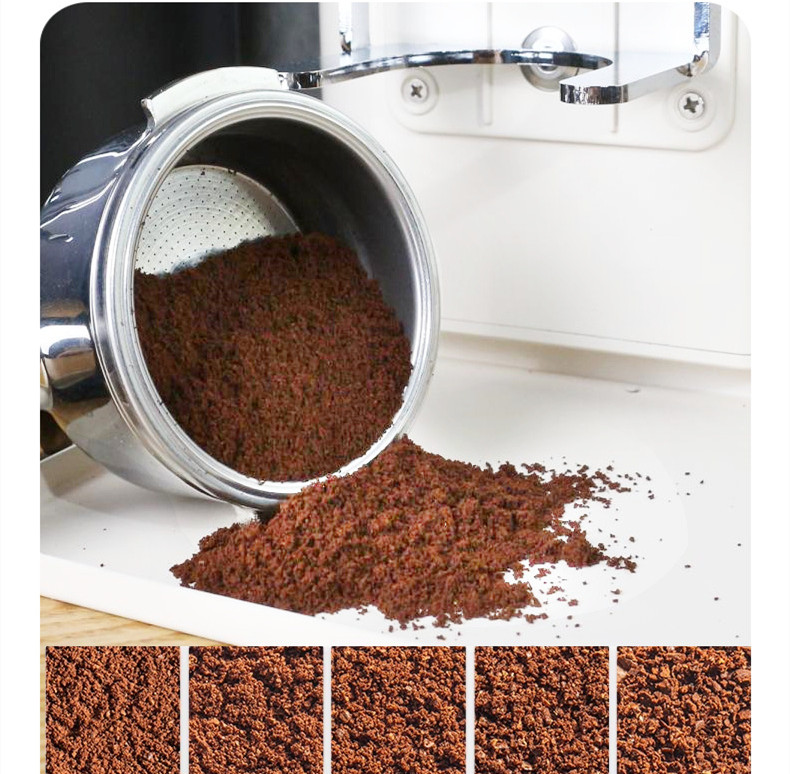Grind Size Selection for Drip Coffee Makers: Crafting the Perfect American Brew
When preparing American-style coffee using a drip coffee maker or manual pour-over, selecting the right grind size is essential for extracting balanced flavors. The grind directly impacts extraction time, strength, and the overall taste profile of your brew. Below are key considerations to help you optimize your coffee’s quality.
Understanding Grind Consistency and Extraction
The goal is to achieve a uniform grind that allows water to flow evenly through the coffee grounds, extracting flavors without over- or under-doing it. For drip coffee makers, a medium grind is generally ideal. This texture resembles coarse sand or sea salt, offering a balance between surface area and resistance to water flow.
- Too Fine: Finely ground coffee (like espresso grind) can clog the filter, leading to over-extraction. This results in bitter, astringent flavors and a muddy residue in your cup.
- Too Coarse: A coarse grind (similar to breadcrumbs) may cause water to pass through too quickly, under-extracting the coffee. The outcome is weak, sour, or flat-tasting brew lacking depth.
Adjusting Grind Size Based on Brewing Method
Different drip coffee setups require slight adjustments to grind size for optimal results.
Manual Pour-Over Devices
Devices like the Hario V60 or Chemex benefit from a medium-fine grind, slightly finer than standard drip coffee. This compensates for the slower pour rate and longer contact time between water and grounds.
- Why it works: A finer grind increases surface area, ensuring full flavor extraction during the extended brewing process.
- Experiment: If your coffee tastes weak, try a marginally finer grind. If it’s bitter, switch to a coarser setting.
Automatic Drip Coffee Makers
Most automatic machines perform best with a medium grind. However, factors like water temperature, filter type, and brew time can influence adjustments.
- Cold Brew Adaptation: If using cold water, a coarser grind prevents over-extraction during the prolonged steeping period.
- High-Altitude Brewing: At higher elevations, water boils at lower temperatures, requiring a slightly finer grind to compensate for reduced extraction efficiency.
Factors Influencing Grind Adjustments
Beyond brewing method, several variables demand attention when dialing in your grind size.
Coffee Bean Origin and Roast Level
- Light Roasts: These beans are denser and require a finer grind to extract their complex, acidic flavors effectively.
- Dark Roasts: The porous structure of dark-roasted beans allows for a coarser grind, as flavors are more easily released. Over-grinding can amplify burnt or smoky notes.
Water Quality and Temperature
Hard water (high mineral content) can slow extraction, necessitating a finer grind to counterbalance. Conversely, soft water may require a coarser grind to avoid over-extraction.
- Temperature Tip: Water below 195°F (90°C) struggles to extract flavors efficiently. A finer grind can help, but ensure your machine maintains optimal heat levels.
Filter Type and Thickness
Paper filters trap finer particles, so a medium grind works well to prevent clogging. Metal or cloth filters allow more oils and sediments through, often pairing better with a medium-coarse grind to reduce sludge.
By tailoring your grind size to these variables, you can elevate your American-style coffee from mundane to exceptional. Start with a medium grind as your baseline, then refine based on taste tests and brewing conditions.


